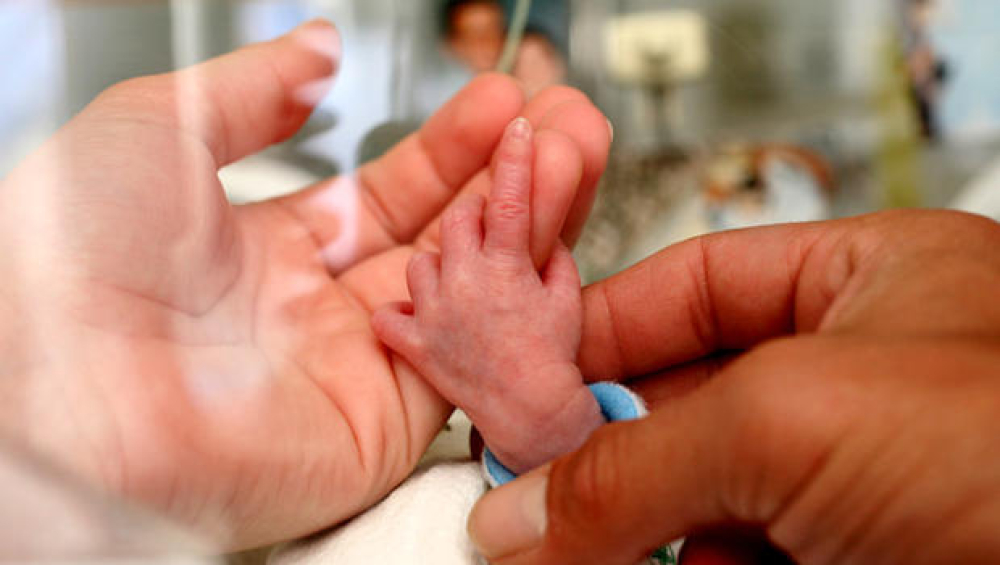What explains the ethnic variation in infant mortality in England and Wales?

Published on Monday, 23 April 2018 Post
New research by Yangmei Li, Maria Quigley, Nirupa Dattani, Ron Gray, Hiranthi Jayaweera, Jenny Kurinczuk, Alison Macfarlane, and Jennifer Hollowell describes ethnic variations in infant mortality and explores the contribution of area deprivation, mother's country of birth, and prematurity to these variations.
Using routine birth and death data on more than 4.6 million singleton live births in England and Wales, 2006-2012, they found that crude infant mortality rates were higher in Pakistani, Black Caribbean, Black African, and Bangladeshi infants (6.92, 6.00, 5.17 and 4.40 per 1,000 live births, respectively vs. 2.87 in White British infants). Adjustment for sociodemographic characteristics changed the results little. Further adjustment for gestational age strongly attenuated the risk in Black Caribbean (odds ratio 1.02, 95% CI 0.89-1.17) and Black African infants (1.17, 1.06-1.29) but not in Pakistani (2.32, 2.15-2.50), Bangladeshi (1.47, 1.28-1.69), and Indian infants (1.24, 1.11-1.38).
These results suggest that higher proportions of very premature infants appear to explain increased risks in Black infants but not in South Asian groups.
Read the research in full in the PLOS ONE journal.



